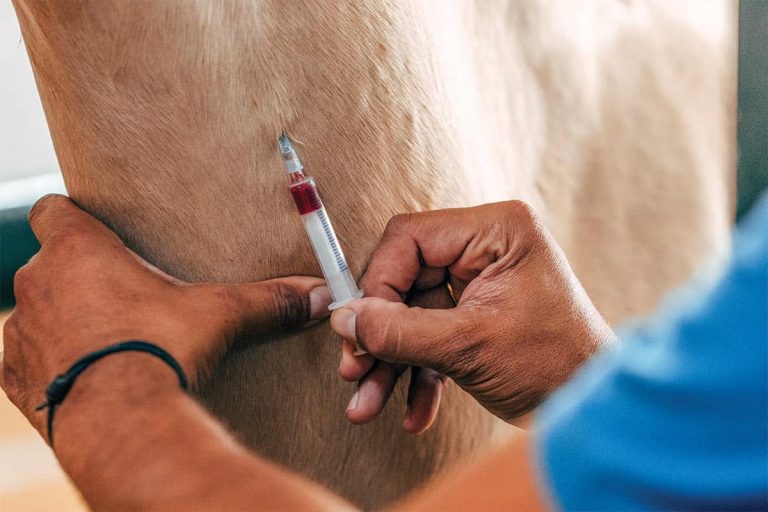Springtime Means Poison Hemlock Control
Controlling poison hemlock growth in early spring could help keep pastures and livestock healthy, according to J.D. Green, PhD, extension weeds specialist with the University of Kentucky College of Agriculture. “Poison hemlock i






















